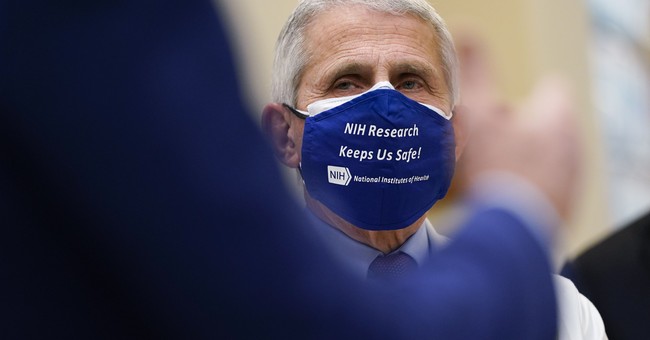Kerby Anderson
For the last few months on my radio program, we have been talking about the need for discernment in our current news environment. We have even printed a booklet on media bias citing some of the studies and books documenting the need for us to exercise wise judgment.
A recent commentary by Rob Jenkins on “How to Know When the Narrative is False” provides another tool for your discernment toolbox. A narrative is a story that may be rooted in some reality but conditions the reporter and editor to only accept facts that support the narrative and to reject any facts that contradict it. He provides some examples from stories about police shootings and coverage of the pandemic. He then provides some clues that demonstrate when a narrative is false.
The first clue is vagueness. When the information provided is vague and imprecise, that may be an indication that the story is false. Watch for hedge words like “might” and “could” and “some” that are rarely supported by hard numbers.
A second clue is the presence of contradictions. Narrative spinners will sometimes contradict themselves. If this week’s story is different from last week’s story, you would expect acknowledgment of the contradiction. Often, news outlets hope you won’t notice.
A third clue is when they move the goalposts. We saw that during the pandemic when cases were emphasized over deaths, when no distinction was made between “dying with the virus” and “dying from the virus.”
One last clue is data manipulation. If you want a state dealing with the pandemic to look bad, use numbers of deaths. If you want to make another state look good, use the death rate per 100,000.
Discernment and a healthy dose of skepticism are necessary in our current media environment. Please use wise judgment in what you see, hear, and read.
 Listen Online
Listen Online Watch Online
Watch Online Find a Station in Your Area
Find a Station in Your Area










 Listen Now
Listen Now Watch Online
Watch Online
